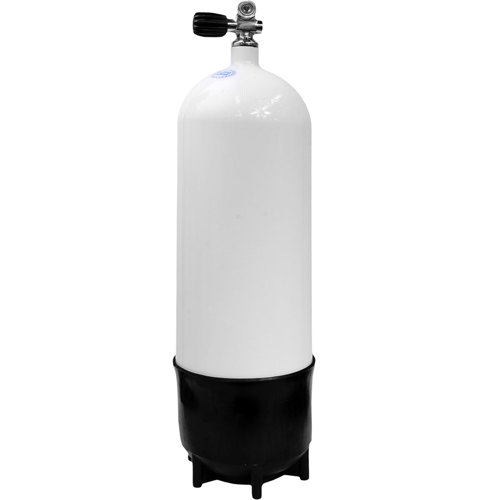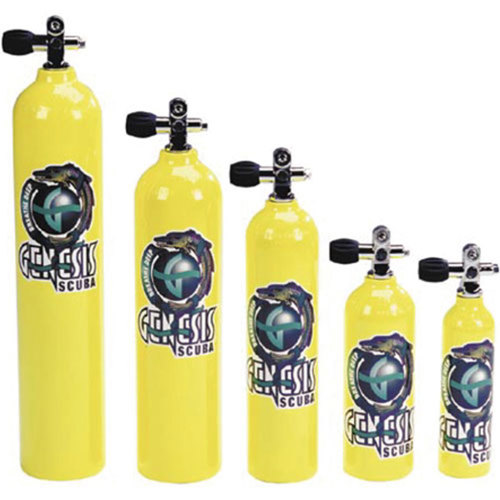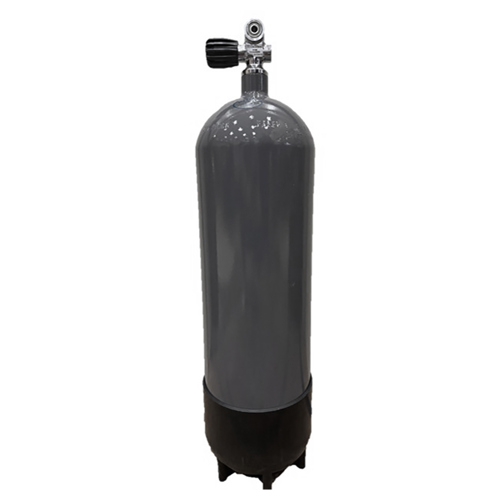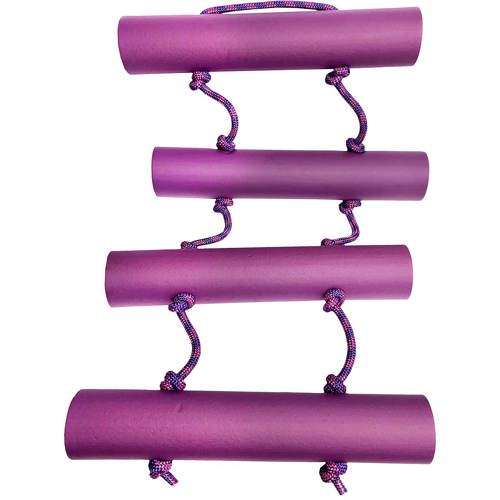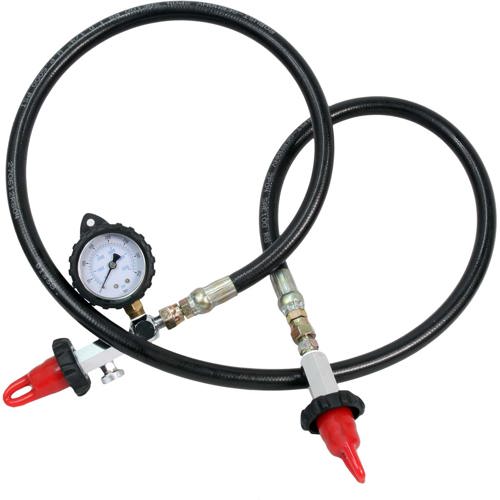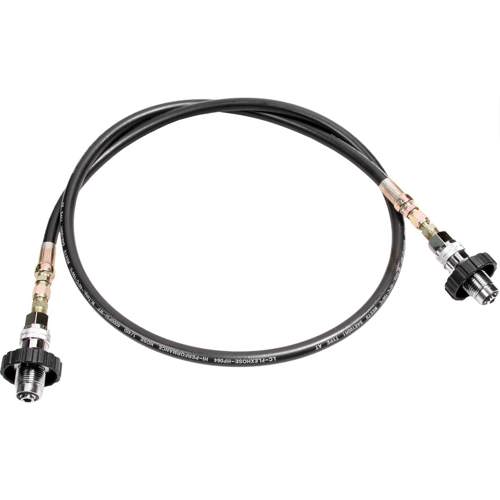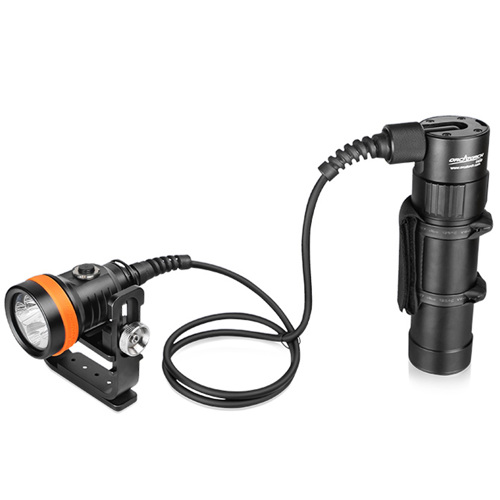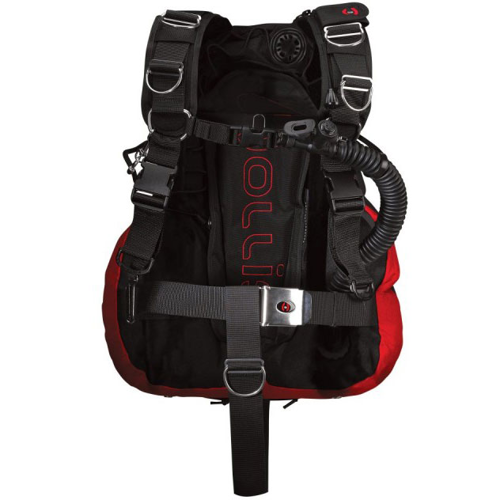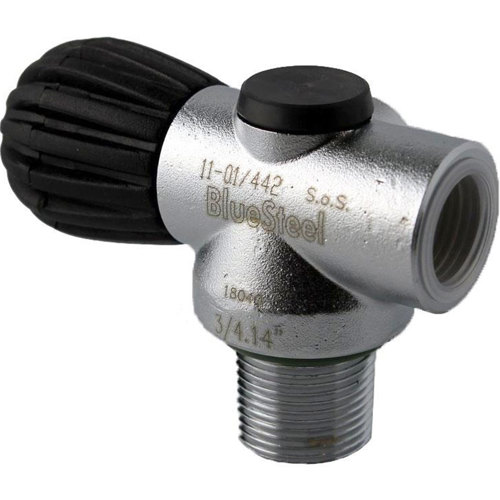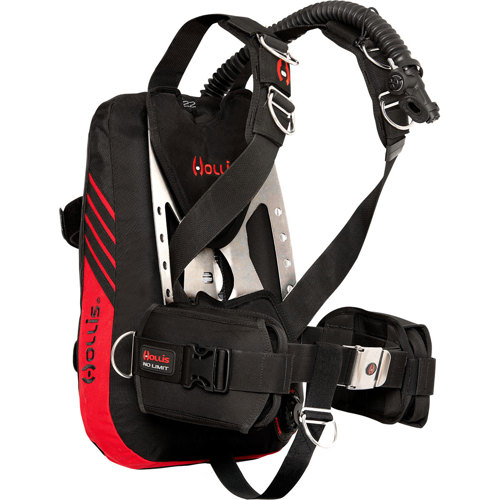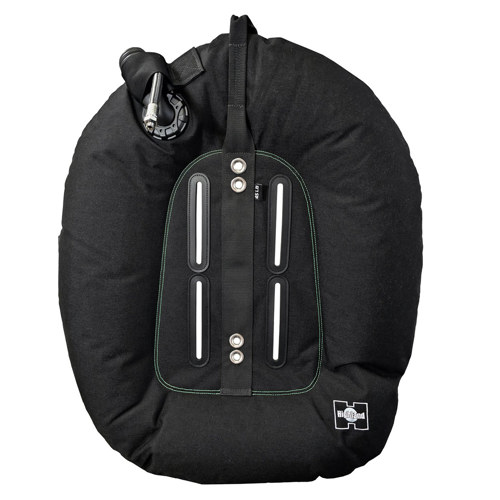Cave diving is a discipline that demands specialized equipment, and the choice of tanks is at the heart of every diver’s preparation. Unlike open water diving, where a single tank may suffice, cave diving requires a setup that ensures both ample gas supply and redundancy, adhering to strict safety protocols. Most seasoned cave divers opt for dual-cylinder “doubles” configurations or sidemount systems. Doubles, connected by a manifold, offer a substantial reservoir of breathing gas and allow for controlled isolation in the event of a valve failure. Sidemount tanks, clipped along the diver’s flanks, provide a streamlined profile for squeezing through the narrowest of restrictions, and can be easily unclipped and maneuvered if needed. The choice between these setups often comes down to the cave environment, personal preference, and the diver’s training background. High-pressure steel tanks are a favorite for their robust capacity and stable buoyancy characteristics, especially as they empty, compared to aluminum tanks which can become positively buoyant and affect trim. In colder months like October, when water temperatures drop and dives can stretch longer, the reliability and thermal properties of steel tanks become even more valuable, helping maintain warmth and ensuring a steady gas supply for extended exploration.
The complexity of cave systems, with their winding passages and variable depths, means gas management is critical. The “rule of thirds” is a cornerstone of safe cave diving: one-third of your gas for the journey in, one-third for the journey out, and the final third reserved for emergencies. This conservative approach is only possible with an adequate number of tanks, often supplemented by stage tanks—additional cylinders placed at strategic points inside the cave to extend range and provide backup. Some advanced divers incorporate rebreathers, which recycle exhaled gas by scrubbing out carbon dioxide and replenishing oxygen, dramatically increasing underwater duration and reducing the need to carry multiple bulky tanks. However, even with a rebreather, carrying bailout cylinders is standard practice for redundancy. The right tank setup is not just about capacity; it’s about flexibility, ease of handling, and seamless integration with the rest of your gear. Whether you’re a technical diver pushing new cave passages, a seasoned explorer revisiting favorite systems, or a passionate enthusiast looking to expand your skills, investing in the right cave diving tanks is a decision that shapes every dive.
Cave diving tanks also make an exceptional gift for the dedicated diver in your life, especially as the season shifts and dive plans turn toward more challenging environments. October’s cooler conditions and shorter days often signal the start of prime cave diving season, when visibility improves and the allure of underground rivers and submerged caverns beckons. Gifting a high-quality tank—whether a robust steel double set, a pair of streamlined sidemount cylinders, or a versatile stage tank—shows a deep understanding of both the diver’s technical needs and their passion for exploration. For those new to cave diving, upgrading to purpose-built tanks is a rite of passage, signaling readiness for more advanced training and adventure. For experienced explorers, fine-tuning their tank setup can mean the difference between a routine dive and a breakthrough discovery. As always, safety is paramount in cave environments, so it’s wise to pair tank purchases with the appropriate accessories and training. For a comprehensive approach, consider reviewing our selection of
Cave Diving Safety Gear to ensure every dive is as safe and rewarding as possible. The right tanks, chosen with care and expertise, become trusted companions on every journey into the depths, supporting the spirit of adventure that defines the world of cave diving.


